04 June 2015
Hope for future of the rare species as census says there could be as many as 540 of them now living in the Far East.
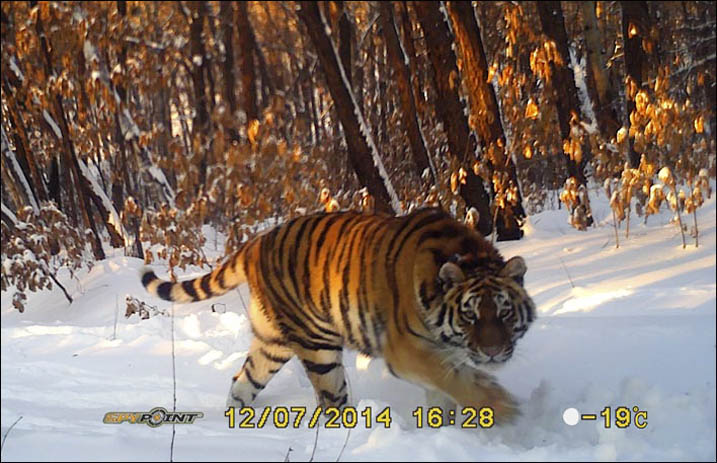
While there has been no dramatic increase since 2005, there has been a modest rise and conservationists are pleased that the population has stabilised. Picture: Khingan Nature Reserve
Carried out by animal charity WWF, the Ministry of Natural Resources and the Amur Tiger organisation, the research found about 540 of the big cats in the region.
While there has been no dramatic increase since 2005, there has been a modest rise and conservationists are pleased that the population has stabilised.
The census started in January, with a team of about 2,000 walking a total of 15,000km and covering a massive 150,000 sq km area.
Hi-tech GPS equipment was used to mark the exact spot where the tiger was found, and measurements were taken of the imprint to work out its size, whether it was male or female, and in which direction it was travelling.
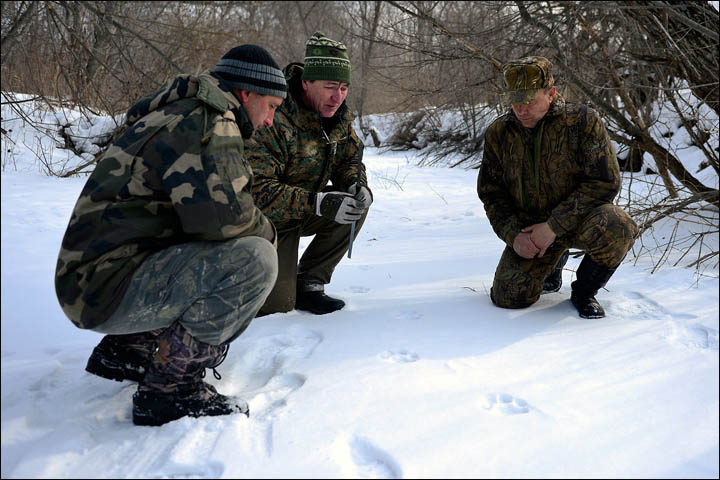

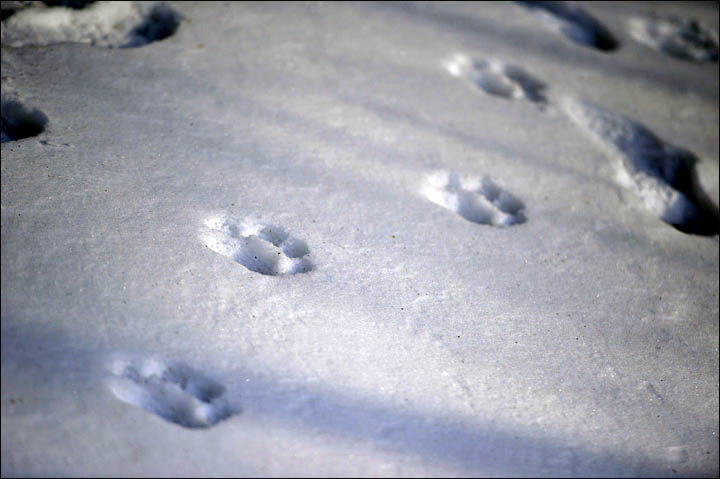
The census started in January, with a team of about 2,000 walking a total of 15,000km and covering a massive 150,000 sq km area. Pictures: Yuri Smityuk / WWF Russia
The previous survey a decade ago counted between 423 and 502 Siberian tigers, accounting for about 95 per cent of the world’s population of the rare animals.
Researchers also found between 60 and 70 Amur leopards as part of the survey this year.
Dr Sergei Aramilve, director of the Primorsky branch of the Siberian Tiger Centre, said: 'These results were expected by the majority of experts though it wasn't absolutely certain.
'Some experts, for example, had believed that the number of tigers was at a critically low level of between 250 and 300 individuals, while others on the contrary assumed the number had increased to 700.
'In any case, we can put away the assumptions since at the moment we know for sure the approximate number and the changes that have occurred in the population.
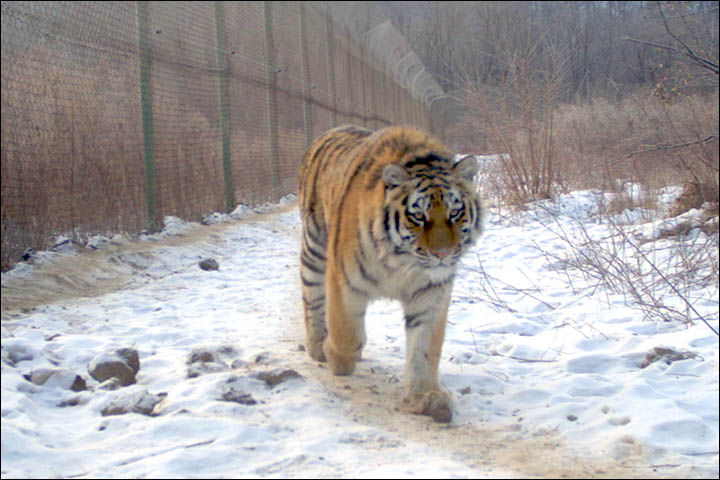
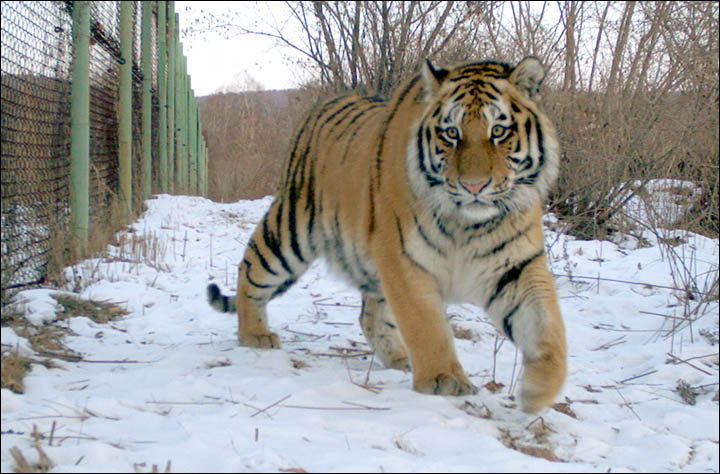
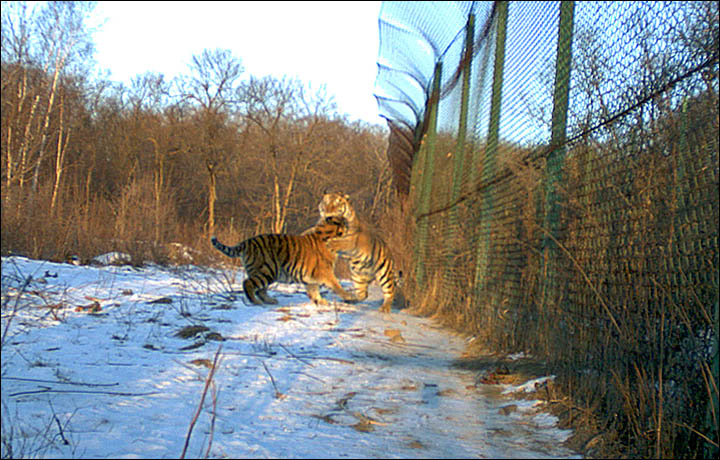
More commonly known as the Siberian tiger, the Amur tiger is listed as an endangered species. Pictures: Phoenix foundation
'So now is extremely important for us to identify the areas
unfavourable for tigers and to make every effort to rectify the
situation for the better.'More commonly known as the Siberian tiger, the Amur tiger is listed as an endangered species. Five years ago Russia launched a national strategy to protect the animal, which is the largest of the five tiger species.
The census came at a particularly important time, following one of the worst winters in the region for decades. Two months-worth of snow fell during the month of December alone, leaving depths of up to one metre in places, a critical level for many animals.
Conservationists were most concerned about the rare Amur tiger, which had been badly affected in similar weather conditions in the 1980s with 30 of them dying.
The census started on January 31 with the reporting team walking through deep snow amid temperatures of -30C. Those counting the numbers of tigers tended to walk routes along rivers where the big cats like to rest. At times the team required special ski shoes to walk.
Naturally it is entirely possible that the same tiger has been counted twice and the final results of the census will be published in October.
Among the tigers living in the Far East are three released by President Vladimir Putin in May last year.
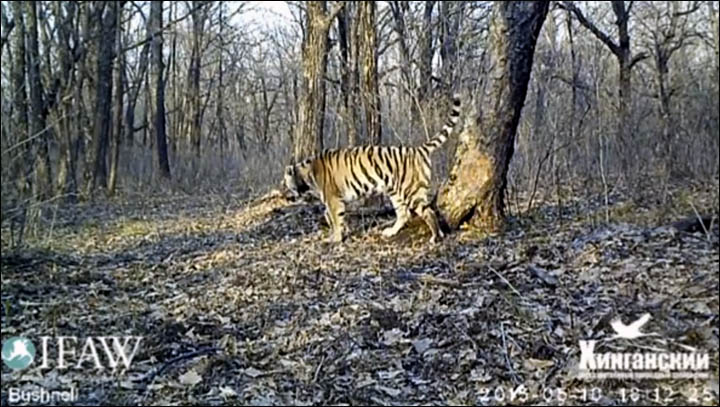
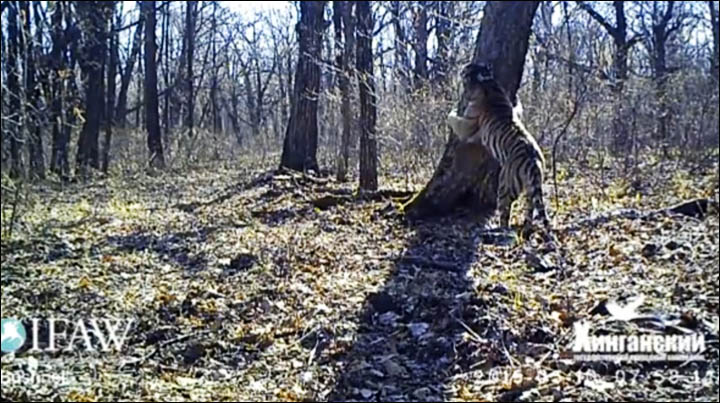
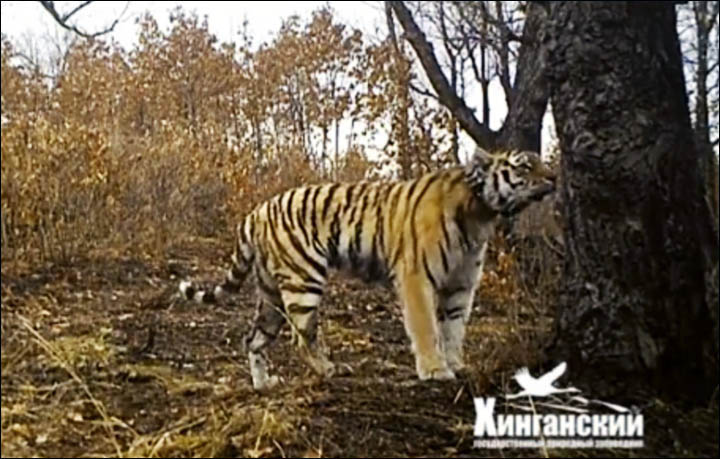
Cameras have spotted that tigress Ilona is preparing herself for the
mating season, by leaving her scent and markings on a tree in the
Khingan Nature Reserve. Pictures: Khingan Nature Reserve
Satellite signals beamed to Moscow from collar trackers has been
showing the movements of Kuzya, Borya and Ilona and where they have
preferred to spend their time.Cameras have spotted that tigress Ilona is preparing herself for the mating season, by leaving her scent and markings on a tree in the Khingan Nature Reserve.
In one video she can be seen sniffing the pine tree, rubbing against it and then scratching it with her claws. She then found the camera and gnawed at the rope attaching it to the tree and bit into it. Fortunately it survived.
Vyacheslav Kastrikin, Deputy Director for Science at the Khingan Reserve, said this particular tree is used by other animals during mating season, including bears, wolves and boars, explaining why a camera is placed beside it.
source
No comments:
Post a Comment